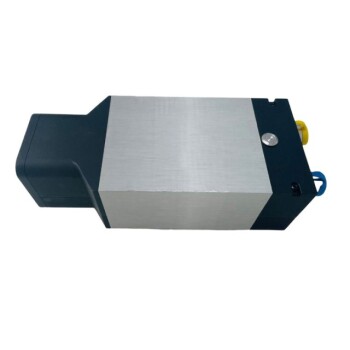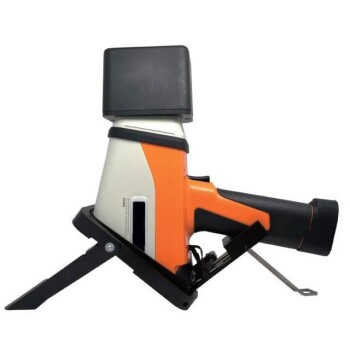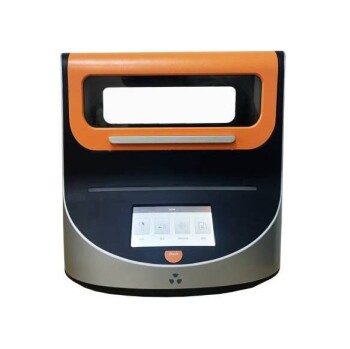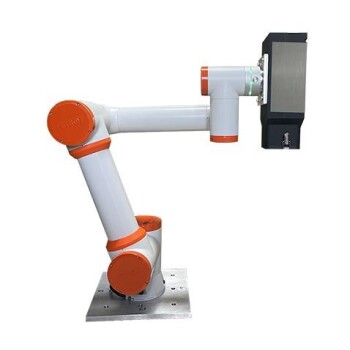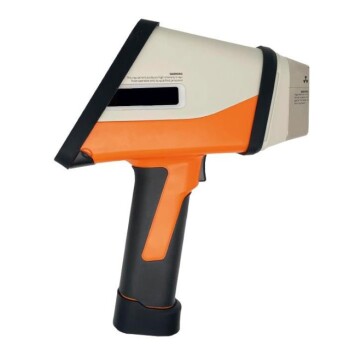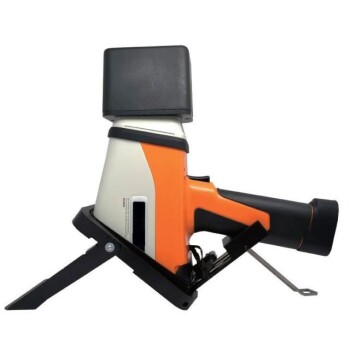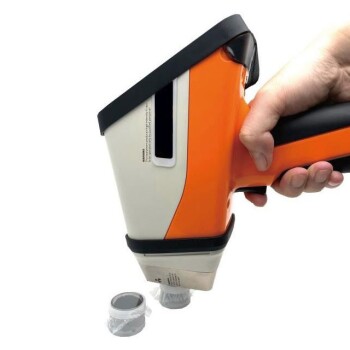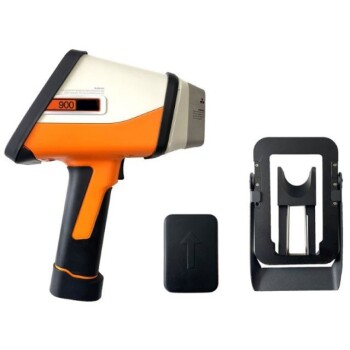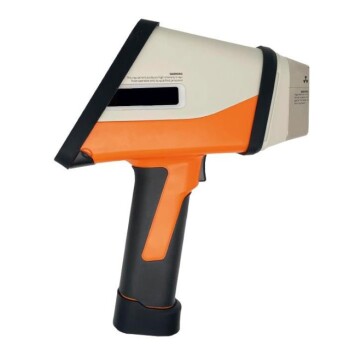Energy Dispersive X-ray Fluorescence (ED-XRF) and Wavelength Dispersive X-ray Fluorescence (WD-XRF) are two primary types of XRF spectrometers.
Each has distinct characteristics and applications.
Understanding the differences between these two technologies is crucial for selecting the appropriate tool for specific analytical needs in a laboratory setting.
5 Key Points Explained: What Sets ED XRF and WD XRF Apart?

1. Basic Functionality and Mechanism
ED-XRF: Utilizes energy dispersive technology to simultaneously detect X-ray energies emitted by elements in a sample.
This method is fast and capable of analyzing multiple elements at once.
WD-XRF: Employs wavelength dispersive technology, which collects signals one at a time by varying the angle of detection with a goniometer.
This method is more complex and typically used in laboratory settings requiring high precision.
2. Resolution and Accuracy
ED-XRF: Offers a resolution range from 150 eV to 600 eV.
This lower resolution is suitable for general-purpose analysis but may not be sufficient for elements requiring high precision.
WD-XRF: Provides a significantly higher resolution, typically between 5 eV and 20 eV.
This high resolution makes WD-XRF ideal for applications where precise identification and quantification of elements are critical.
3. Complexity and Cost
ED-XRF: Generally simpler and more cost-effective, making it a popular choice for routine analysis in various industries.
WD-XRF: More complex and expensive due to the advanced technology and precision required.
It is often used in specialized applications where high resolution and accuracy are paramount.
4. Applications
ED-XRF: Widely used in industries such as cement, metal ores, mineral ores, oil & gas, and environmental analysis.
Its ease of use and cost-effectiveness make it suitable for a broad range of applications.
WD-XRF: Preferred in applications requiring high precision, such as in research laboratories and advanced industrial processes where the composition of materials must be determined with utmost accuracy.
5. Detector Technology
ED-XRF: Typically uses Silicon Drift Detectors (SDD) or Silicon Pin Diode Detectors (PIN), with SDD offering faster detection rates and better performance for light elements.
WD-XRF: Utilizes more sophisticated detectors that can achieve higher resolution and are better suited for analyzing elements with very specific energy signatures.
6. Mobility and Autonomy
ED-XRF: Often available in handheld versions, providing mobility and autonomy, which is beneficial for on-site analysis and fieldwork.
WD-XRF: Generally fixed in laboratory settings due to its complexity and the need for precise calibration and setup.
In summary, the choice between ED-XRF and WD-XRF depends on the specific requirements of the analysis, including the need for speed, resolution, cost, and the nature of the samples being tested.
ED-XRF is more versatile and cost-effective, making it suitable for a wide range of applications, while WD-XRF is preferred for high-precision analysis in specialized settings.
Continue Exploring, Consult Our Experts
Choosing the right XRF spectrometer is crucial for your analytical success.
At KINTEK SOLUTION, we offer both ED-XRF and WD-XRF spectrometers tailored to your needs.
With cutting-edge technology, superior resolution, and unmatched precision, our products are the key to efficient and accurate analysis.
Don't leave your laboratory's performance to chance.
Take the next step in your analytical journey and contact KINTEK SOLUTION today to find out which XRF spectrometer is best for your unique requirements.
Your journey to top-tier laboratory performance awaits.
